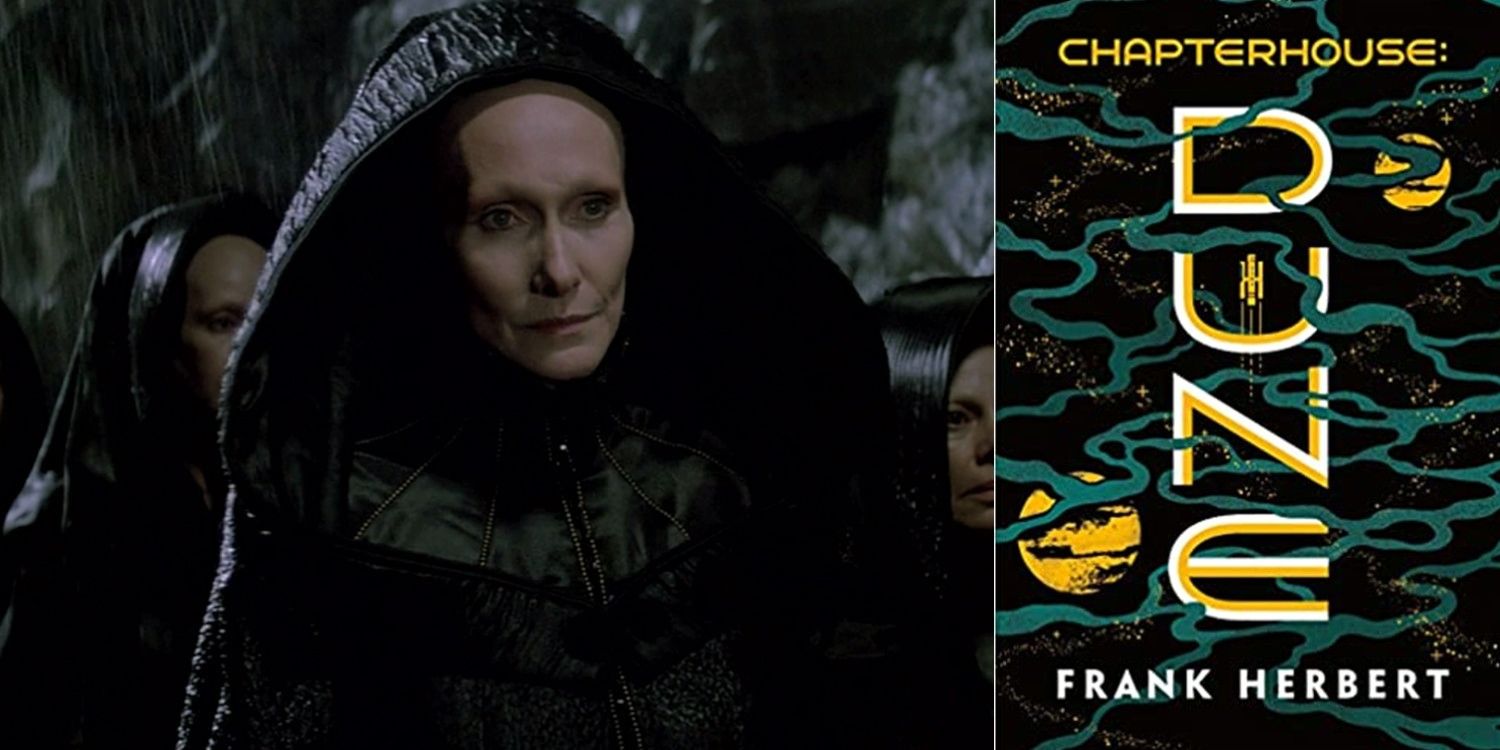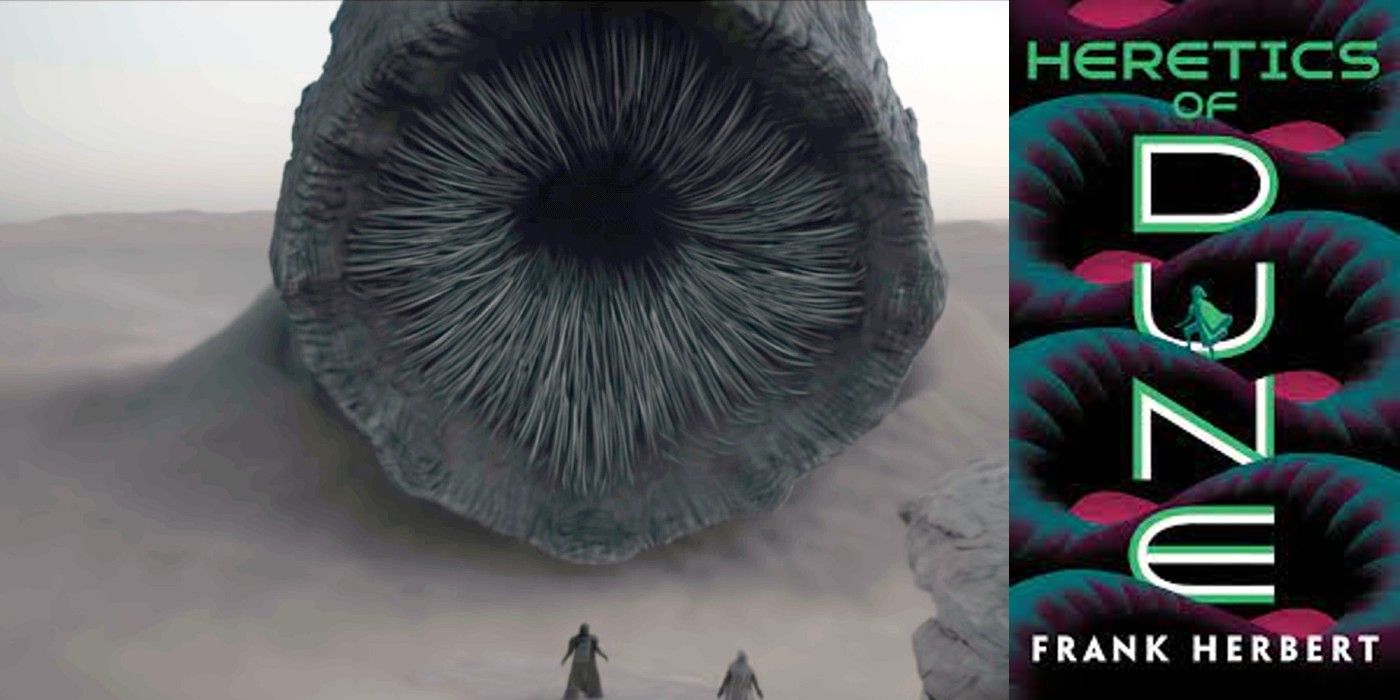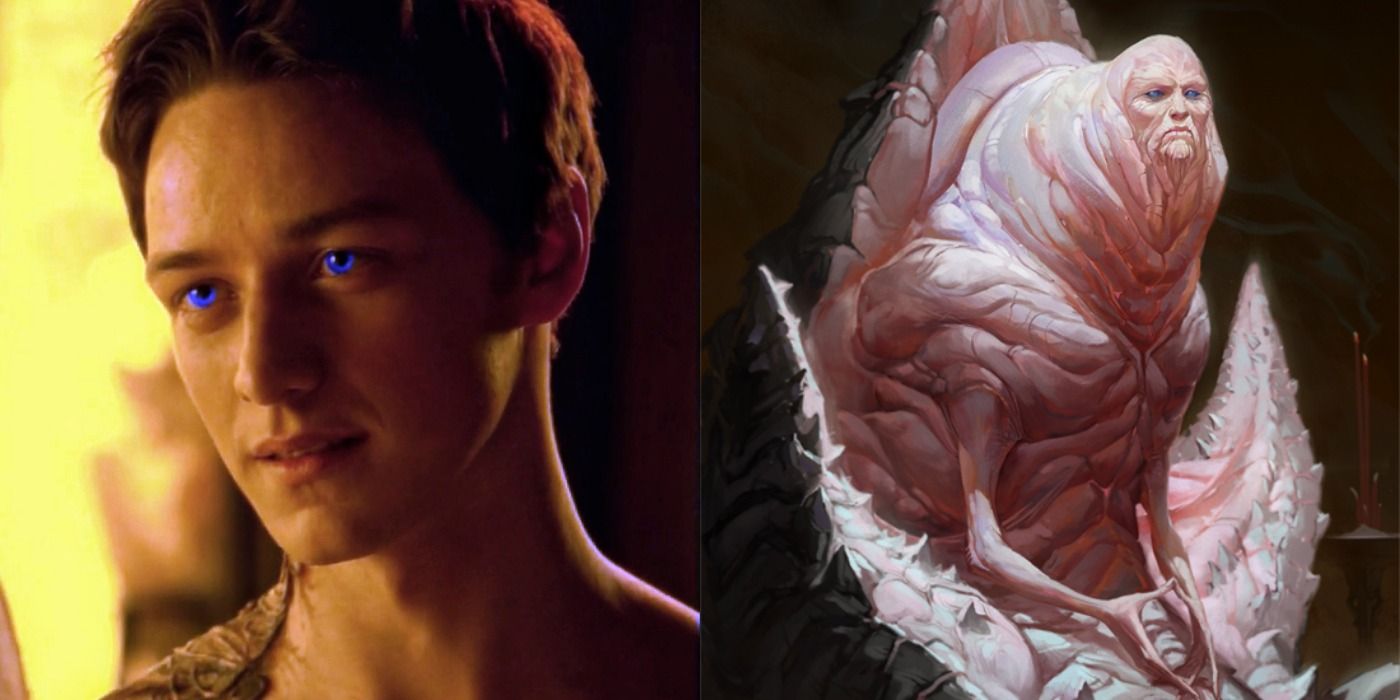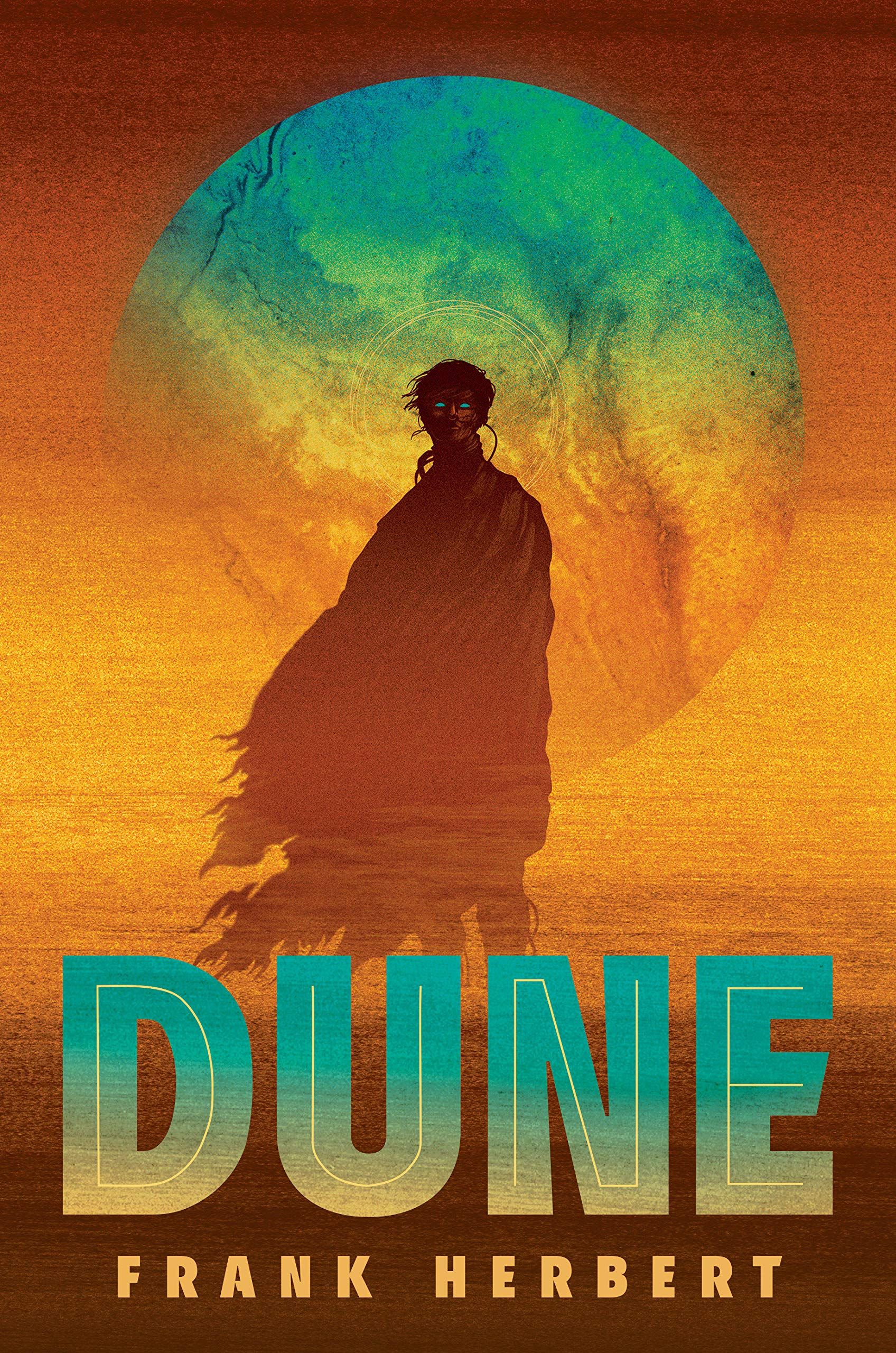Summary
- Dive into Frank Herbert's Dune series for a complex sci-fi experience that delves deep into themes of power and influence.
- Brian Herbert has continued expanding the Dune universe, with various adaptations and spin-offs showcasing the series' lasting impact.
- From Paul Atreides to Leto II, each Dune book offers a unique perspective on the intricate world-building and epic storytelling of the series.
Frank Herbert's six-book Dune series has influenced the sci-fi genre for over 50 years, and all the Dune books ranked show the variety of the sci-fi series. Set in the desert planet Arrakis, the first book follows Paul Atreides, a young man destined to be a messiah. What initially appears to be an epic adventure following a Chosen One-type character grows into something far more complex, as the series spans several thousand years. Through its extensive themes and philosophies that tackle power, corruption, hero-worship, capitalism, and ecology, the Dune novels have attracted loyal readers in the decades after the first book was released in 1965 and is considered the forebear of much of modern sci-fi.
Frank Herbert wrote six Dune books before his death in 1986. Since then, his son Brian Herbert continued to expand the universe of Dune with fellow author Kevin J. Anderson. To date, there are two film adaptations, a television adaptation of Children of Dune, an upcoming Dune prequel on HBO Max, and a vast array of novels, short stories, and graphic novels that expand on Dune's lore. Following the success of Denis Villeneuve's modern take on Dune, there is more interest in the series than ever, and many wonderful how all Frank Herbert's six Dune books, ranked from worst to best.
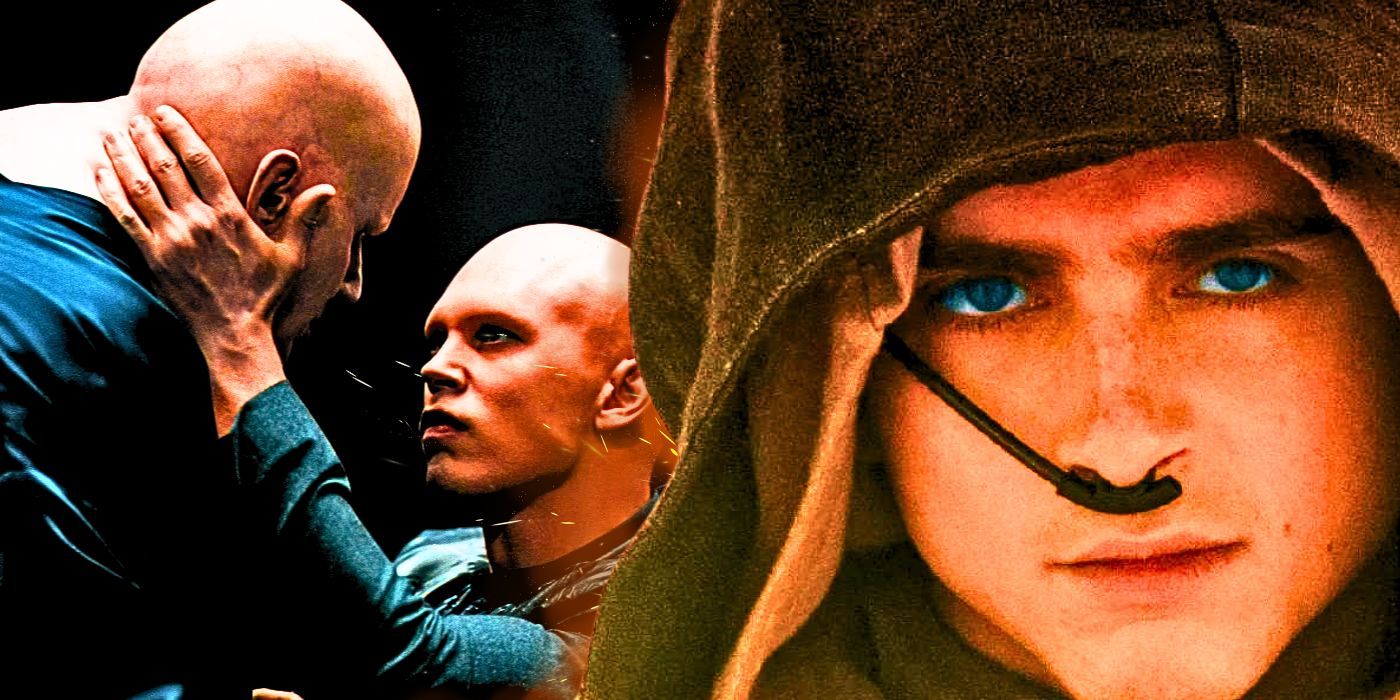
Dune 2: Why The Atreides And Harkonnens Don't Use Their Most Powerful Weapons
Dune: Part Two establishes that both the Atreides and Harkonnens have access to some devastating weapons, yet neither side uses them on each other.Dune Messiah (1969)
The Second In The Series
The second novel, Dune Messiah, is the series' shortest book and was considered by many to be highly disappointing upon its release. Set 12 years after the events in Dune, Paul Atreides is now worshiped all over the known universe and continues his reign as Emperor. Paul spends most of the book in a deep depression, feeling like he has lost control of his influence over the universe because a massive, prophesied jihad led by Dune's Fremen people is violently killing billions in Paul's name. Dune Messiah demystifies Paul as the hero archetype, showing the weight of power on him and the dangers of his extreme influence.
However, while it further expands on key Dune themes and introduces the notable Ixians and Bene Tleilaxu, Dune Messiah feels overall like a benchmark in an otherwise epic series. While certainly more enjoyable than its reputation has made it to be, it's also largely considered as the worst Dune book. That said, this only makes it more interesting to envision the ending of Denis Villeneuve's Dune remake, which the director aims to be a full trilogy that culminates in the events of Dune Messiah. After all, Messiah is when Frank Herbert finally smashes the myth of the Chosen One, which some argue is the crux of the wisdom to be gleaned from the foundational sci-fi saga.
Chapterhouse: Dune (1985)
The Sixth And Final Book In The Series
Written just a year after the series' previous installment is Chapterhouse: Dune. The planet Rakis (formerly Arrakis) has been completely destroyed, making Chapterhouse: Dune the only book in the series to take place on an entirely different planet. Being that the Dune books span millennia, readers have to connect with characters and elements introduced sometimes well into the series. However, what remains constant in the series are the Bene Gesserit order, and Duncan Idaho, who is debatably the main character in the saga for how he is resurrected throughout millennia. Indeed, despite his death in the first movie, it's likely not the last time audiences will see Jason Momoa's Duncan Idaho.
In terms of the Dune books ranked for readability, what makes Chapterhouse: Dune different is that it's told entirely from the viewpoint of the cunning Bene Gesserit order, and the power games they play throughout the galaxy are some of the most gripping prose in Frank Herbert's career. However, because most of Dune's main characters — and even the main planet — are gone, Chapterhouse: Dune feels like the series is being stretched out beyond its limits.
Despite Herbert intending for it to be the series' penultimate book before his death, Chapterhouse: Dune might have been better off as a standalone novel that expands the lore. Many consider it the worst Dune book, but it's actually a great epilogue for the entire saga.
Heretics Of Dune (1984)
The Fifth In The Series
Heretics of Dune takes place 1500 years after God Emperor of Dune's heavily built-up events. Making their return are Dune's iconic sandworms, which were essentially extinct in God Emperor of Dune. Due to there being so many new characters introduced in Heretics of Dune, it can make the reader feel like having to switch gears in the series upon first getting into the book. Even the planet names change slightly due to so much time passing in Dune's universe, so it can be difficult to fully engage with.
That said, Heretics of Dune marks the center shift towards the Bene Gesserit, which appeared more as an important supporting influence in the previous Dune books and set the tone for the sixth entry. On top of that, Heretics of Dune also feels more action-packed than the other books, which many readers may find more investing. It's the kind of action that grabs readers, which isn't always the norm for this series.
Children Of Dune (1976)
The Third In The Series
Children of Dune is perhaps the most divisive book of the series, but it builds Dune up to be the epic series that it is. Paul Atreides plays a nearly non-existent role as the series shifts its focus to his children, Leto II and Ghanima. Dune's melange drug in utero — combined with Paul's Kwizatz Haderach influence — made Leto and Ghanima pre-born, connecting them to millions of past lives.
More is discovered about the sandworms and the purpose they serve in creating melange, which launches much more fodder into the series, especially in the later books. If nothing else, Children of Dune is worth reading to see the beginnings of Leto's fascinating character arc, which lasts for thousands of years. Children of Dune's influence on the series grows more upon reflection and may make for a better re-reading experience.
God Emperor Of Dune (1981)
The Fourth Of The Series
God Emperor of Dune is by far the most philosophy-centric of the Dune books. Having its philosophy's mouthpiece be Leto II as a giant, 3,500-year-old omnipotent man-worm makes for sci-fi at its most bizarre. Duncan Idaho has higher prominence in the book, something that Jason Momoa's Duncan Idaho gives more potential to than previous adaptations. His role is to serve Leto II's vague Golden Path, which causes questions and disagreements warring with Duncan's fierce loyalty to House Atreides and Leto II's tyrannical rule.
God Emperor feels like a grand, exciting climax of the previous three books. However, keeping it from the number one spot is the heavy execution of Leto's (Herbert's) frequent pontificating. For this reason, God Emperor is also divisive, much like Children of Dune. However, more often than not, long-time readers of Dune books ranked God Emperor as among Frank Herbert's best work.
Dune (1965)
First In The Series
Dune is the ultimate foundation for so much to come in the series. Despite Dune's cliffhanger ending, it still works so well as a standalone novel about a young man moving to a new planet and having everything in his life change. Fighting over Dune's melange spice, houses around the galaxy plot ways to gain control over the most precious resource in the universe. From the famous Litany Against Fear to its extensive world-building, Dune's 617 pages are bursting with iconic lines, scenes, characters, and elements. In fact, even though Denis Villeneuve's Dune adapts only the first half of the book, the director still had to cut several scenes in order to fit everything into one feature film.
With Dune: Part 2 being an even bigger hit than the first, audiences became familiarized with the second half of the Frank Herbert novel that started it all. Revealing the events that followed the fall of House Atreides in Arrakis, Dune 2 picked up at the explosive conclusion of the first book. Dune 2 managed to top the first, so long-time readers of the books are going to be treated to a full-feature adaptation of Dune Messiah in Dune 3, which Villeneuve initially envisions as the ending of his remake. As sci-fi continues to evolve, Herbert's legacy lives on in these adaptations. However, there's still nothing like reading the original Dune books — ranked highly or not, as each one is a treasure in its own right.



